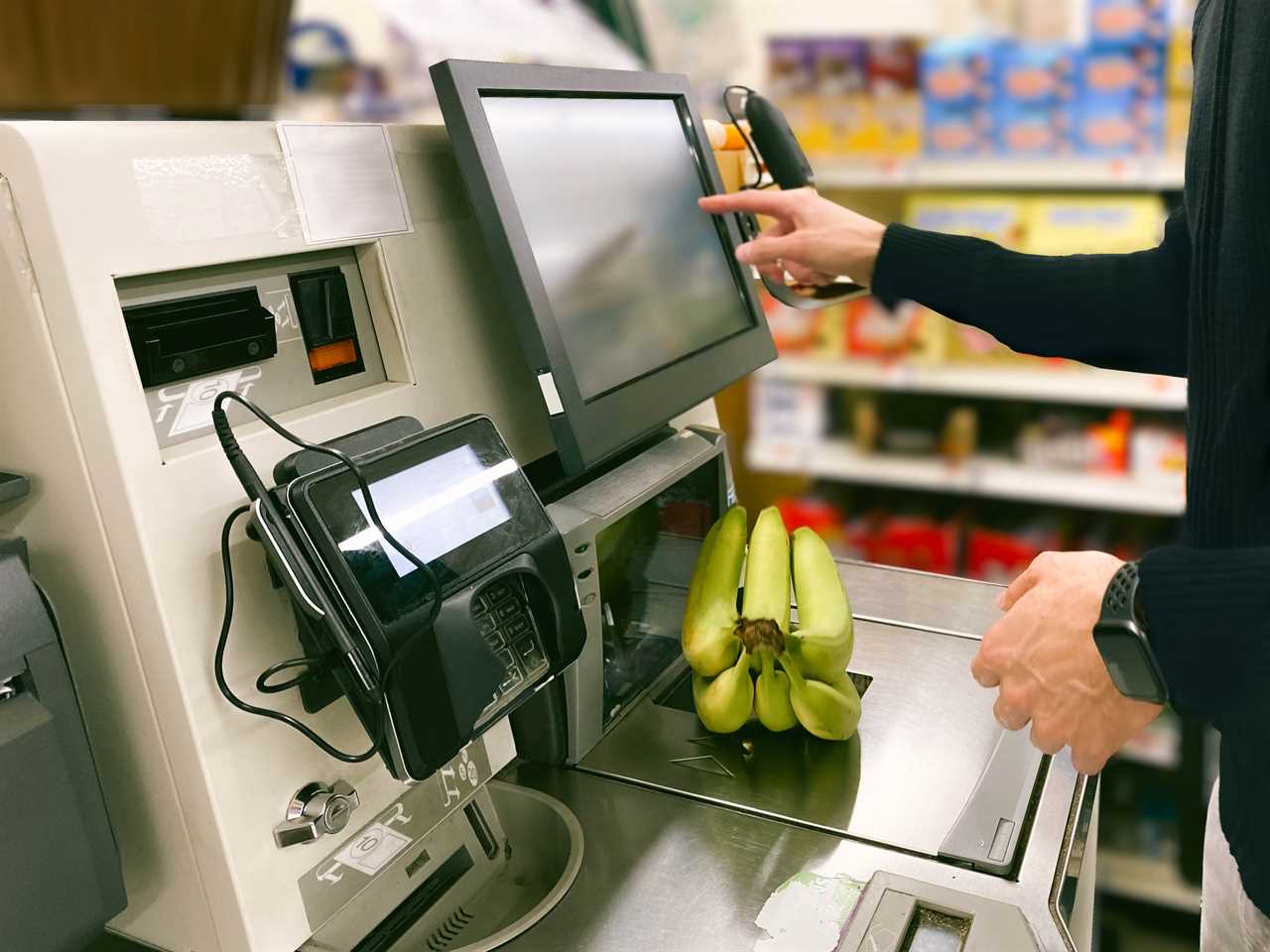SHOPPING loyalty cards could help spot cancer, according to a study.
Scientists found spending data can reveal changes in spending habits that suggest something is wrong.

Tracking purchases on store cards like Clubcard, Nectar or Boots could help spot tumours earlier, say scientists
Women with undiagnosed ovarian cancer bought increasing amounts of indigestion and pain relief meds in the months before getting checked.
Tracking purchases on store cards like Clubcard, Nectar or Boots could help spot tumours earlier.
Study author Dr James Flanagan, from Imperial College London, said: “The cancer symptoms we are looking for are very common.
“But for some women, they could be the first signs of something more serious.
“Using shopping data, our study found a noticeable increase in purchases of pain and indigestion medications among women with ovarian cancer up to eight months before diagnosis, compared with women without ovarian cancer.
“We hope this research can lead to symptoms being picked up earlier and improve patients’ options for treatment.”
Ovarian cancer is one of the most common types, with 7,500 cases per year.
It is often diagnosed late when survival chances are bad, because symptoms are vague like stomach aches, lost appetite and bloating.
Dr Flanagan tracked six years’ worth of spending from 283 women’s loyalty cards at two unnamed high-street shops.
Half of the women – 153 – had ovarian cancer.
The study, published in the journal JMIR Public Health and Surveillance, found they started to recognise symptoms four-and-a-half months before they got diagnosed.
During that time, their spending on over-the-counter painkillers and digestion medicines shot up.
Fiona Murphy, a cancer patient who helped design the study, said: “I lived on Gaviscon for 18 months prior to my diagnosis.
“Had this been associated with ovarian cancer, I would have had a faster diagnosis, far less surgeries and better fertility options.
“I had the wrong diagnosis for nearly two years.”






